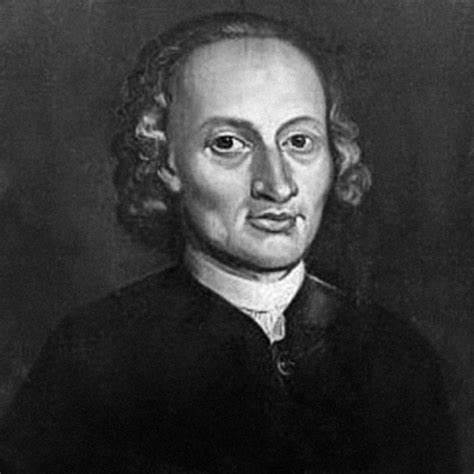

It is unfortunate that Johann Pachelbel is today known almost solely for his 1680 composition Canon in D which, although it is an excellent piece of music, is just one of over three hundred of his surviving works.
Pachelbel was a native of Nuremberg, a free imperial city of the Holy Roman Empire. His primary instrument was the organ, and his career began in 1673 as deputy organist at St. Stephen's Cathedral in Vienna. Four years later, he accepted a job as the court organist for the Duke of Saxe-Eisenach, and later took a similar position in Stuttgart.
In 1692, King Louis XIV of France invaded Württemberg and Pachelbel fled Stuttgart, escaping to a small town near Eisenach called Gotha. His fame as an organist was such at this point that his home town of Nuremberg invited him back to be the organist at Saint Sebaldus Cathedral. Pachelbel returned and held that position until his death in 1706.
One of Pachelbel's significant contributions was to advance the equal temperament system by composing a series of organ fugues, each with a different mode and in eight different key signatures. This was one of the most sweeping experiments in tonality until J. S. Bach's Well-Tempered Klavier a generation later.
Canon in D
Fugue on "Nun Komm der Heiden Heiland"
Fugue on the Magnificat, primi toni
Fugue on the Magnificat, secundi toni
Fugue on the Magnificat, tertii toni